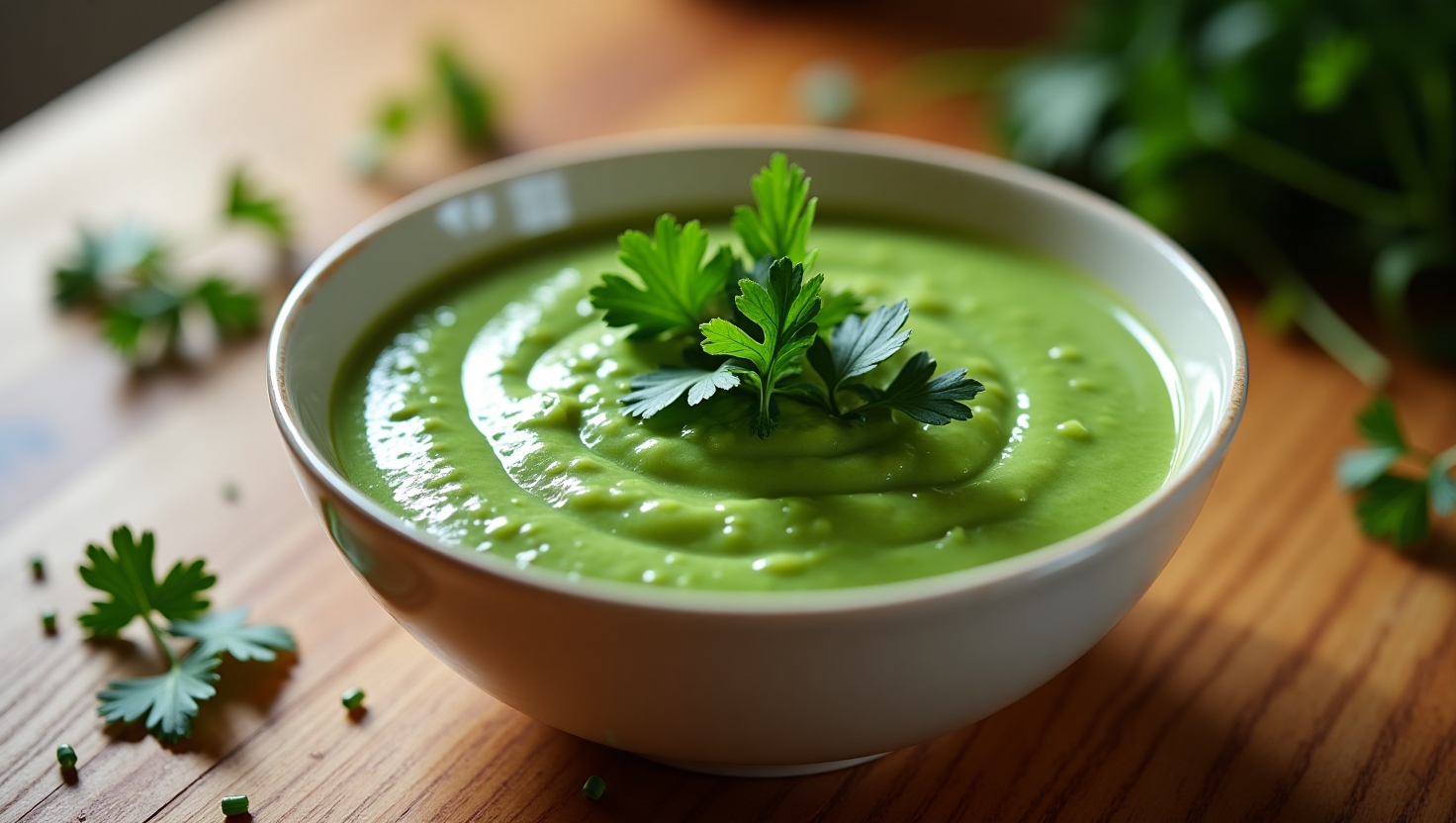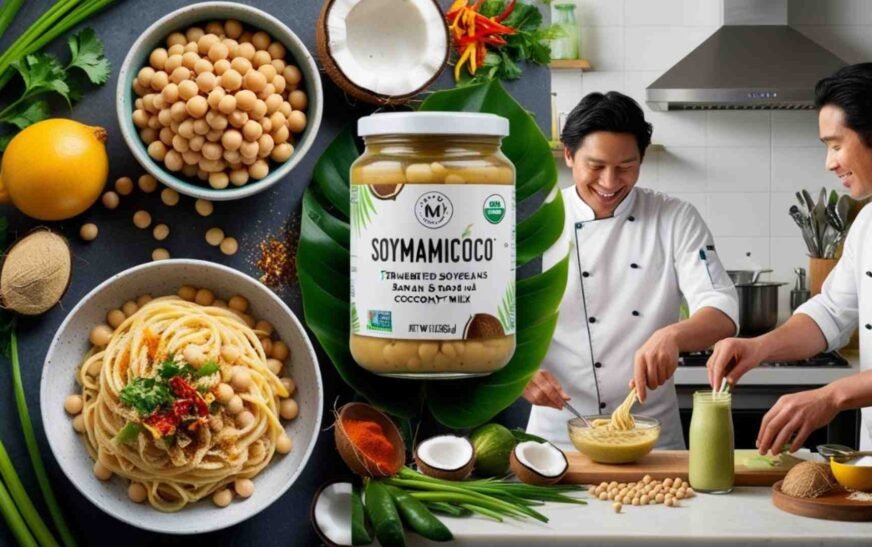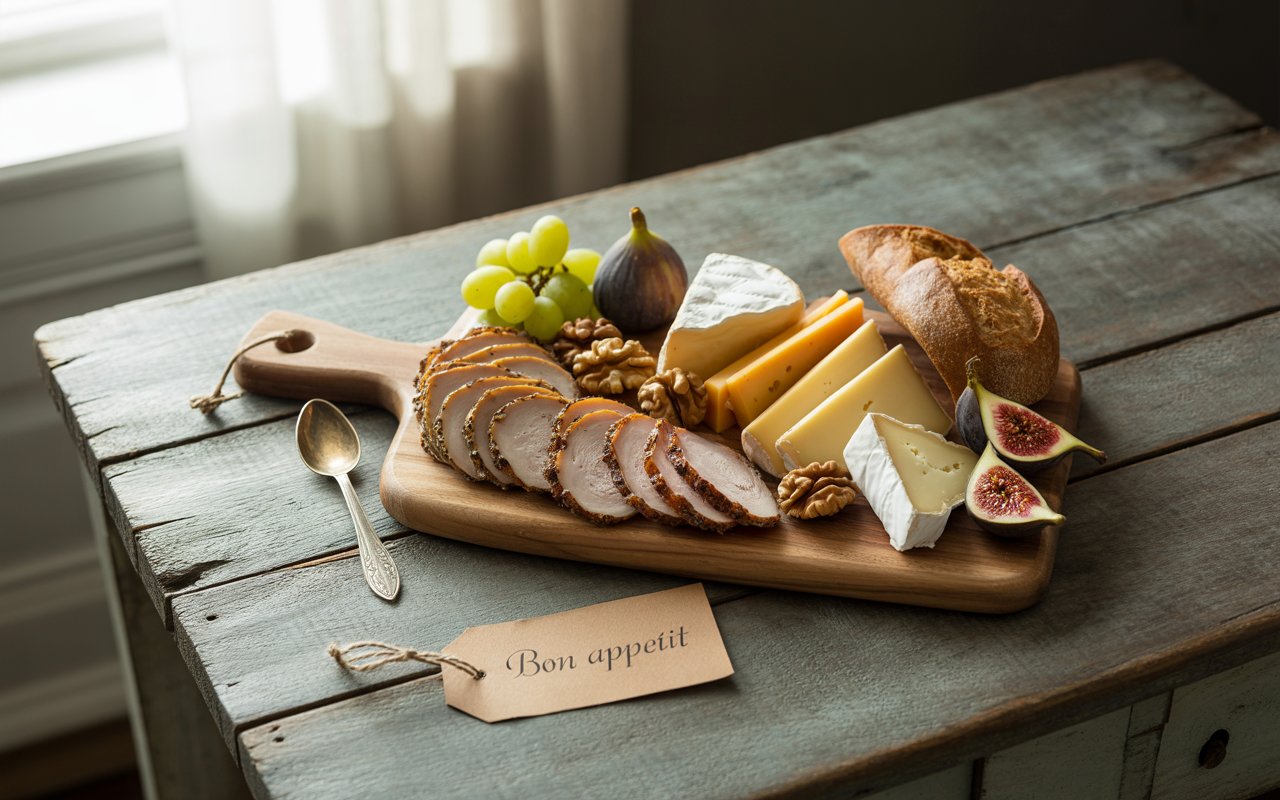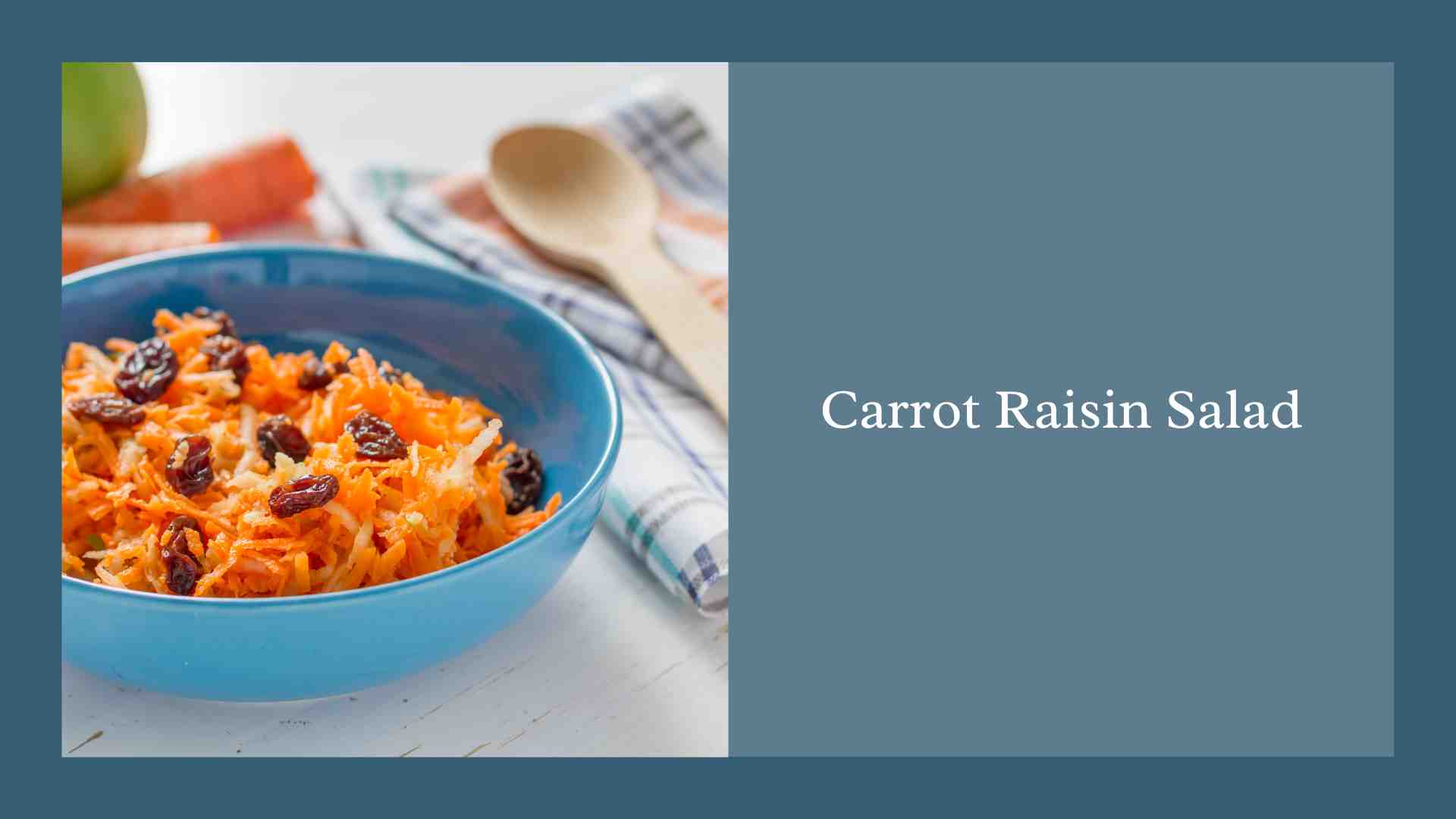Table of Contents
Calandrando is one of the crown jewels of Sicilian cuisine, representing a rich culinary tradition that spans centuries. This hearty, flavorful dish offers a window into the island’s vibrant culture and history.
In this comprehensive guide, we’ll cover everything you need to know about its origins, ingredients, variations, and how to prepare it like a true Sicilian chef.
The History of Calandrando in Sicilian Cuisine
Sicilian cuisine is deeply rooted in history, shaped by the many cultures that have influenced the island over centuries, including the Greeks, Arabs, Normans, and Spanish. A traditional Sicilian dish embodies this complex heritage.
Its origins date back to family meals that brought together multiple generations, making it more than just a recipe—it symbolizes community and togetherness.
Incorporating simple ingredients like tender meat, root vegetables, and aromatic herbs, it reflects Sicily’s history of trade, conquest, and cultural fusion. This dish has evolved over the years, influenced by regional variations and the availability of local ingredients.
Essential Ingredients

Ingredients
- Meat: 1 kg beef or lamb (cut into bite-sized pieces)
- Olive oil: 3-4 tablespoons
- Garlic: 4-5 cloves (minced)
- Onions: 2 medium (chopped)
- Carrots: 3-4 (chopped)
- Potatoes: 3-4 medium (peeled and chopped)
- Fresh herbs: 2-3 sprigs of rosemary and thyme
- Black pepper: 1 teaspoon (freshly ground)
- Salt: to taste
- Paprika: 1 teaspoon (optional for extra flavor)
- Red or white wine: ½ cup (optional, for deglazing and adding depth of flavor)
- Water or broth: enough to cover the ingredients (approximately 1-2 liters)
- Parsley or basil: fresh (for garnish)
Optional Variations:
- Cheese: Grated Pecorino or Parmesan (for garnish)
- Chickpeas or lentils: 1 cup (for a heartier, rustic version)
- Seafood: Mussels or clams (for coastal variations)
Meat and Vegetables: The Heart of this dish
It is a blend of high-quality, fresh ingredients essential for capturing the dish’s authentic flavors. Traditionally, it uses cuts of meat such as beef or lamb slow-cooked until tender.
Focus on Freshness
The freshness of the ingredients cannot be overstated when preparing this dish. Sicilian cuisine is known for its reliance on seasonal produce, and calandrando is no exception. Using fresh, local ingredients ensures that the dish retains its signature flavors. Visiting farmers’ markets is highly recommended for sourcing vegetables and herbs.
How to Make Calandrando at Home: Step-by-Step
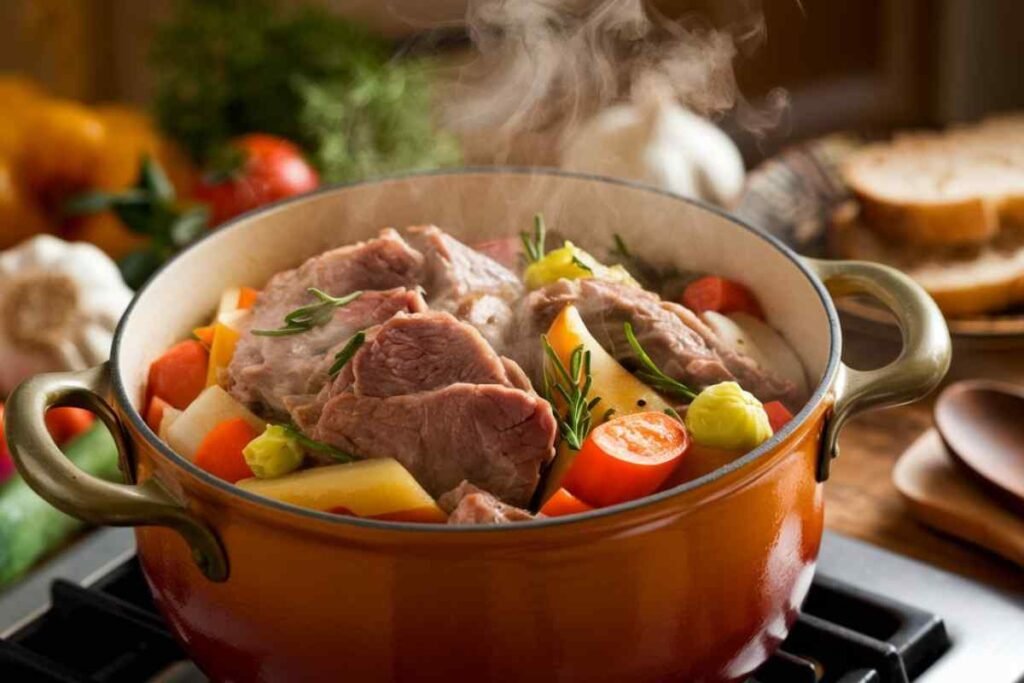
Step 1: Preparing the Meat
Begin by selecting high-quality meat—either beef or lamb. Cut the meat into bite-sized pieces, trimming any excess fat.
Marinate it with olive oil, garlic, rosemary, and black pepper for at least an hour to allow the flavors to infuse.
Step 2: Creating the Flavorful Base
Start by heating olive oil in a large pot. Sauté onions, garlic, and fresh herbs like thyme and rosemary until fragrant. Add the marinated meat and brown it on all sides.
Step 3: Simmering the Vegetables
Add chopped carrots, potatoes, and other seasonal vegetables to the pot. Pour in enough water or broth to cover the ingredients and bring the mixture to a simmer.
Season with salt, black pepper, and paprika. Let the dish cook slowly over low heat for several hours, allowing the flavors to meld.
Regional Variations of Calandrando
Sicily’s diverse regions have each adapted calandrando to showcase the island’s rich gastronomic diversity.
While the core ingredients remain the same, regional variations introduce new layers of flavor based on local produce and traditions.
Coastal Variations: Incorporating Seafood
In coastal regions, calandrando sometimes incorporates fresh seafood, such as clams or mussels, adding a brine flavor. This version is popular near Palermo and Catania, where seafood is central to the local diet.
Inland Variations: Hearty and Rustic
In the interior regions of Sicily, where meat is more prevalent, calandrando often features lamb or veal and includes legumes such as chickpeas or lentils for added heartiness.
These ingredients reflect the agricultural focus of the region, offering a more rustic version of the dish.
Modern Twists
While it is a traditional recipe, there are endless ways to personalize it. Modern versions of the dish might substitute the classic meat choices for chicken or even a vegetarian option, using beans or mushrooms as the protein source.
Add a Splash of Wine
To elevate the dish’s flavor, add a splash of red or white wine during the simmering process. This not only enhances the depth of the broth but also introduces a refined, modern twist.
Alternative Seasonings
Experimenting with spices such as smoked paprika, saffron, or cinnamon can give calandrando a new and exciting flavor profile without straying too far from its traditional roots.
Serving Calandrando: Tips and Pairings
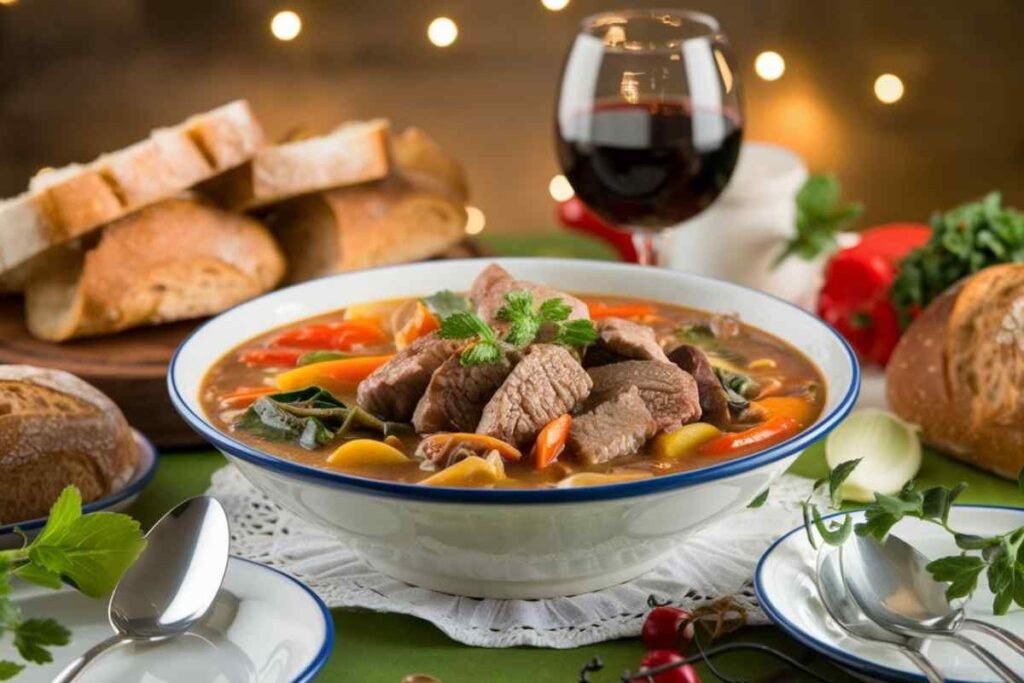
Ideal Accompaniments
When serving calandrando, a crusty loaf of bread like ciabatta or focaccia soaks up the rich, savory broth perfectly.
For a more substantial meal, pair it with bold red wine such as Nero d’Avola, a classic Sicilian choice known for its fruity yet robust profile.
Plating Like a Sicilian Chef
For a truly authentic presentation, serve calandrando in a rustic, shallow bowl. Garnish with fresh herbs like parsley or basil, and consider sprinkling a bit of grated cheese over the top for added richness.
Why Calandrando is More Than Just a Dish
Food plays a pivotal role in Sicilian culture, acting as a bridge between generations and communities. It is not just a meal; it’s a cultural tradition. In Sicily, food is more than sustenance—it connects with others and celebrates life’s moments.
This dish is often served during festivals, holidays, and family gatherings, symbolizing warmth and hospitality. Its preparation, from the careful selection of ingredients to the long, slow cooking process, embodies the patience and care that define Sicilian cooking.
Conclusion
By mastering calandrando, you will not only learn to make a dish but also immerse yourself in Sicily’s rich culinary traditions.
This hearty, flavorful stew brings together history, culture, and simple ingredients to create a meal that is both comforting and celebratory.
Whether you’re a novice or an experienced chef, it offers a unique culinary journey connecting you with Sicilian cuisine’s heart.
For more on Sicilian dishes and Italian cooking tips, explore our recipe collection and discover the joy of Mediterranean cuisine.
FAQs
What is calandrando?
Calandrando is a traditional Sicilian stew made with tender cuts of meat, vegetables, and aromatic herbs. Slow-cooked over several hours, it reflects the island’s rich culinary heritage.
Can calandrando be made vegetarian?
Yes, while this traditionally uses meat, you can create a vegetarian version by substituting legumes such as beans or lentils and incorporating a variety of hearty vegetables.
How long does it take to prepare calandrando?
The dish requires around 2-3 hours of preparation and cooking time. Slow simmering allows the flavors to develop fully, making patience a key part of the process.
What’s the best wine to pair with calandrando?
A robust Sicilian red wine like Nero d’Avola pairs wonderfully with calandrando. Its bold flavors complement the hearty nature of the dish.
Can I freeze leftovers?
Yes, you can freezes it well. Be sure to let it cool completely before transferring it to an airtight container. It can be stored in the freezer for up to three months.


